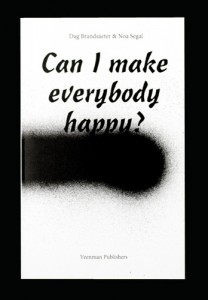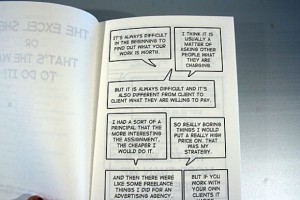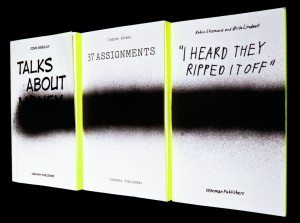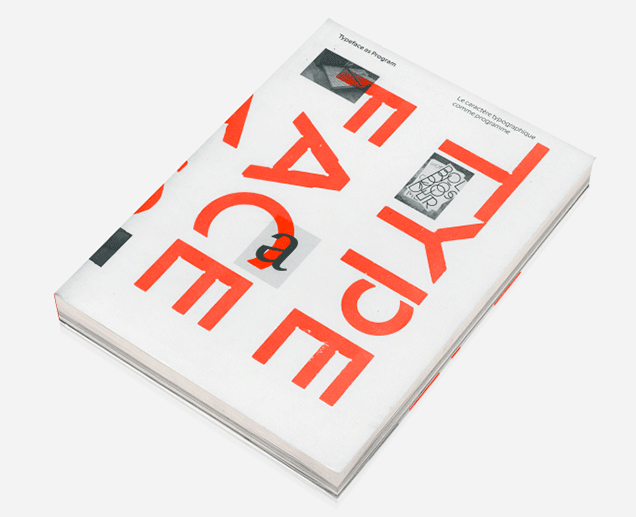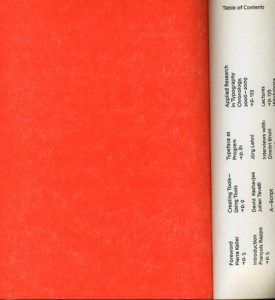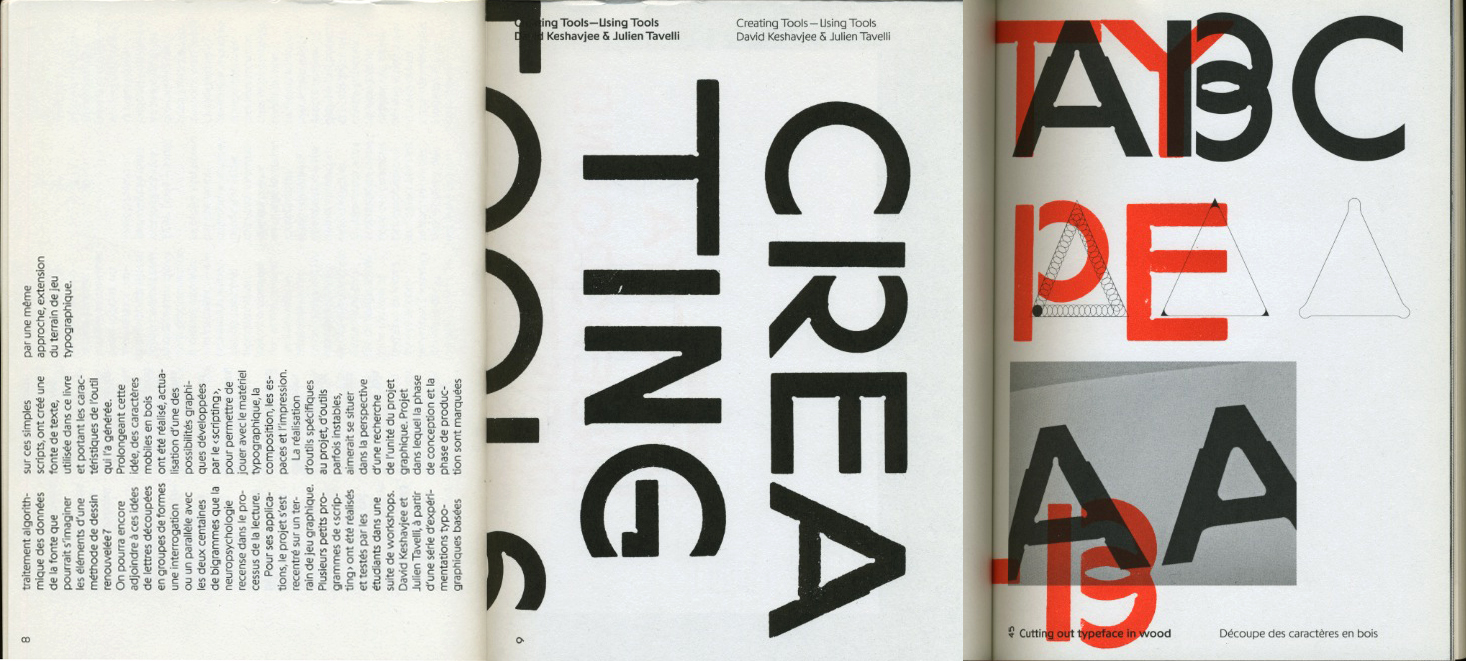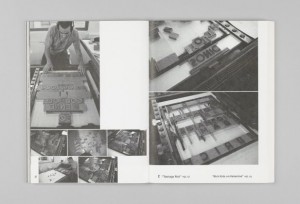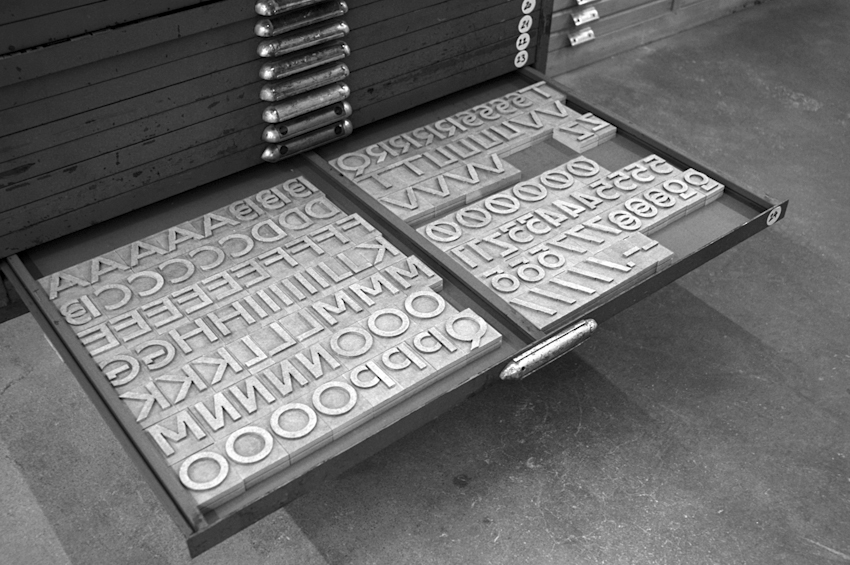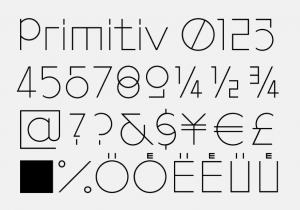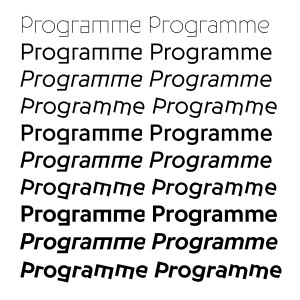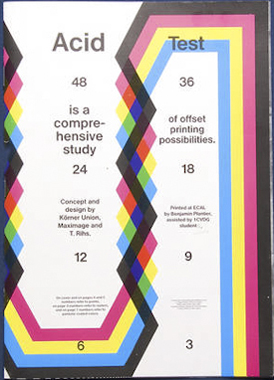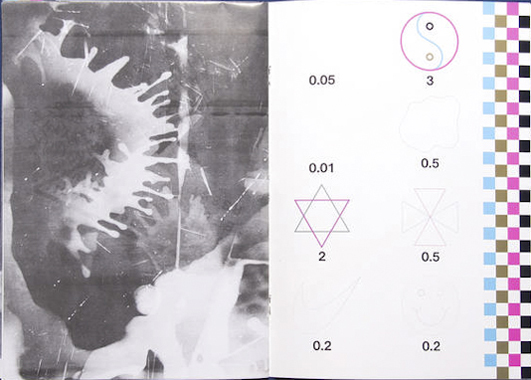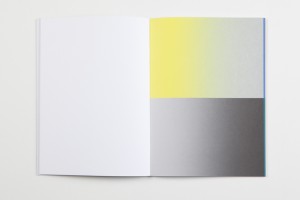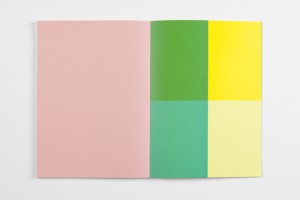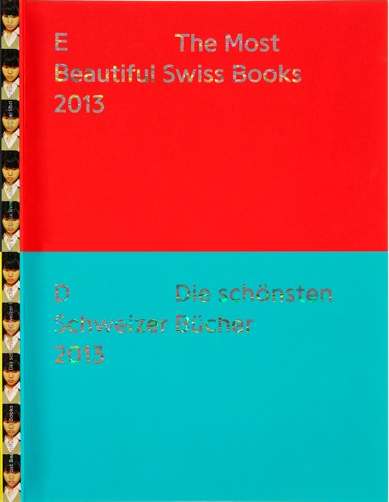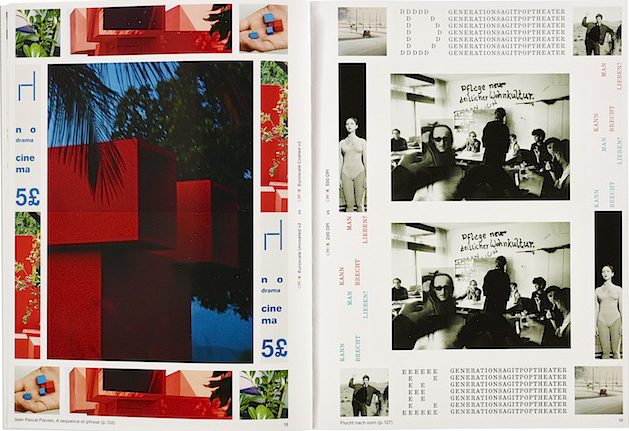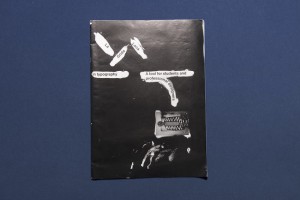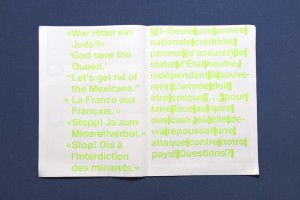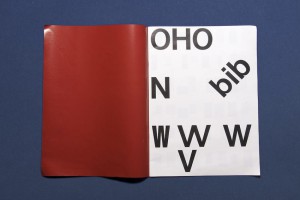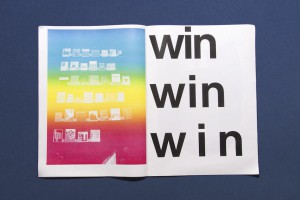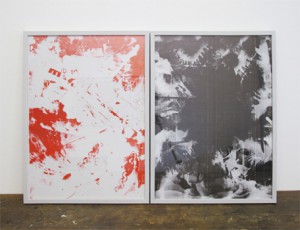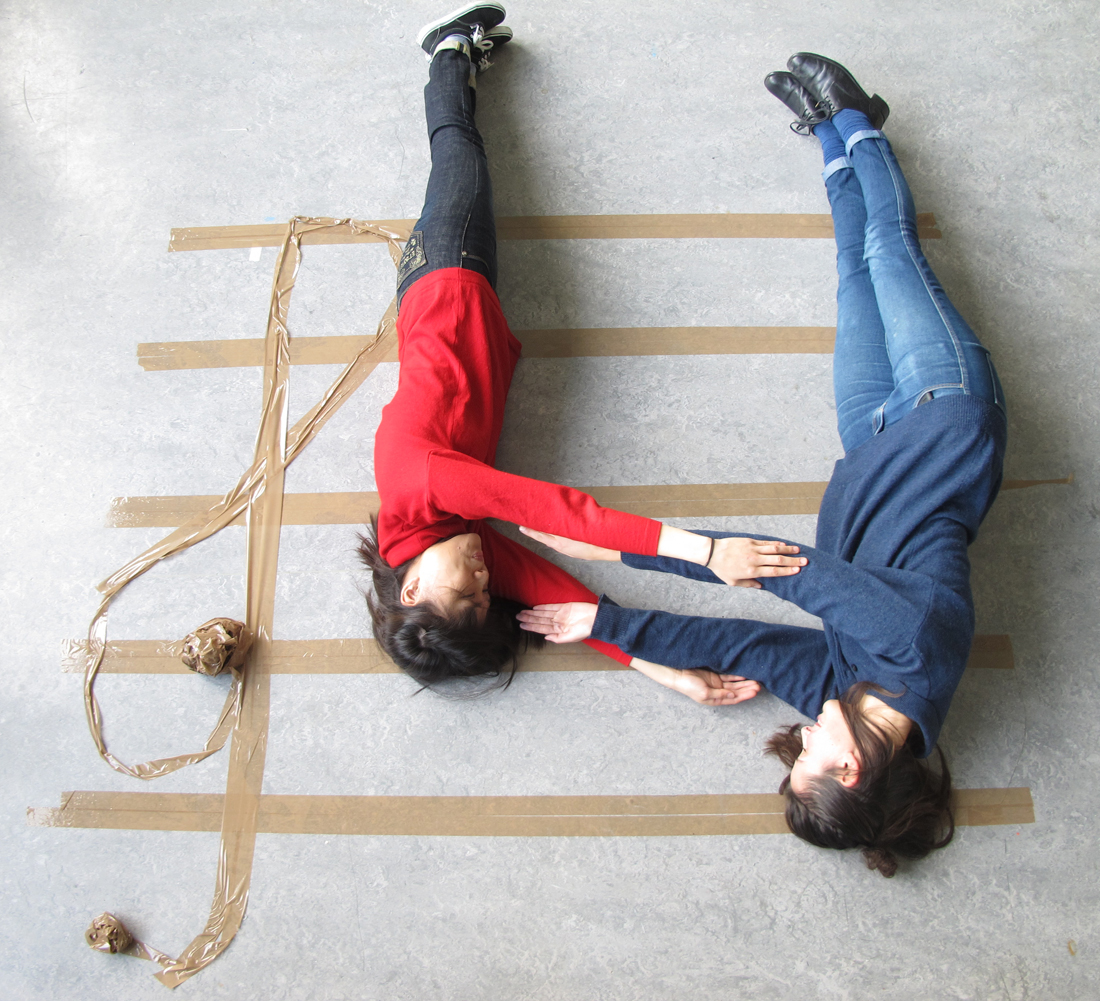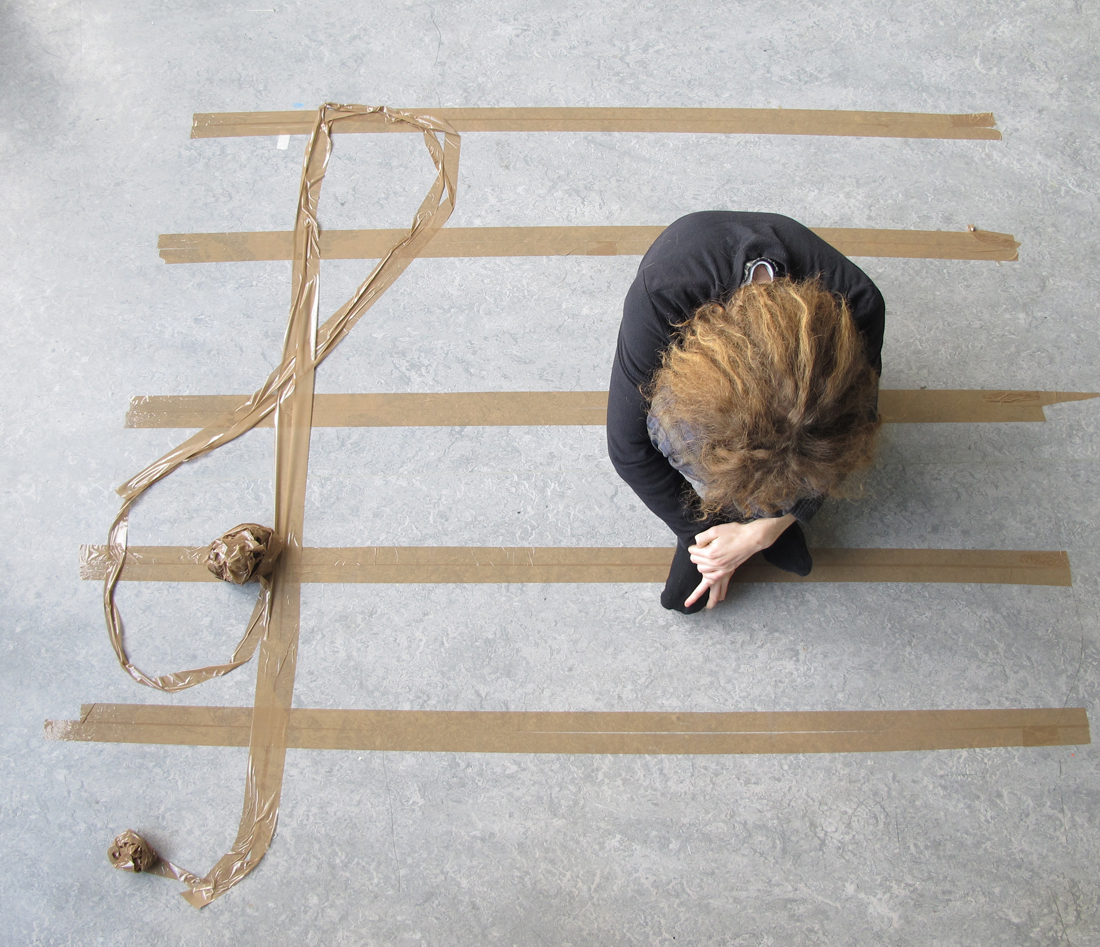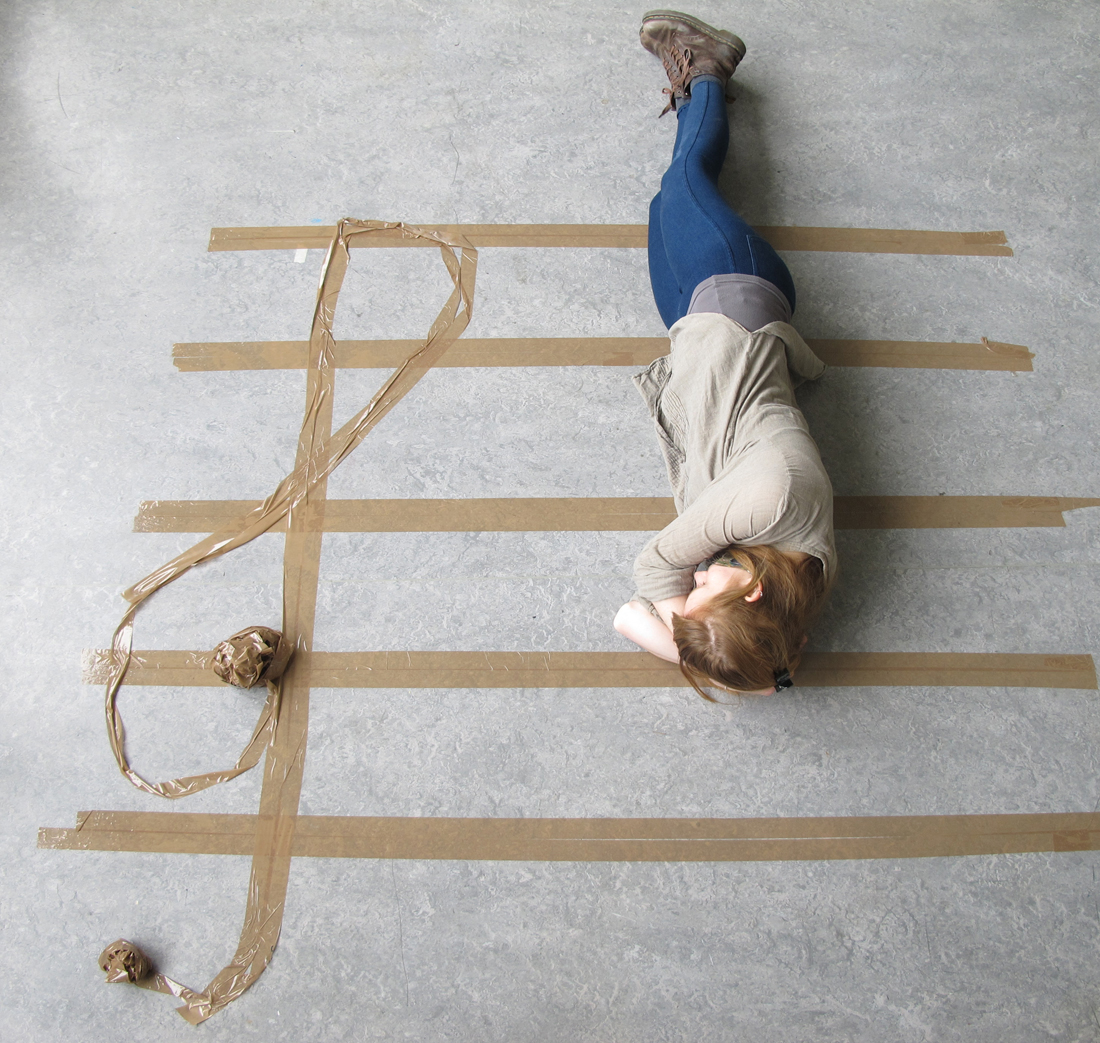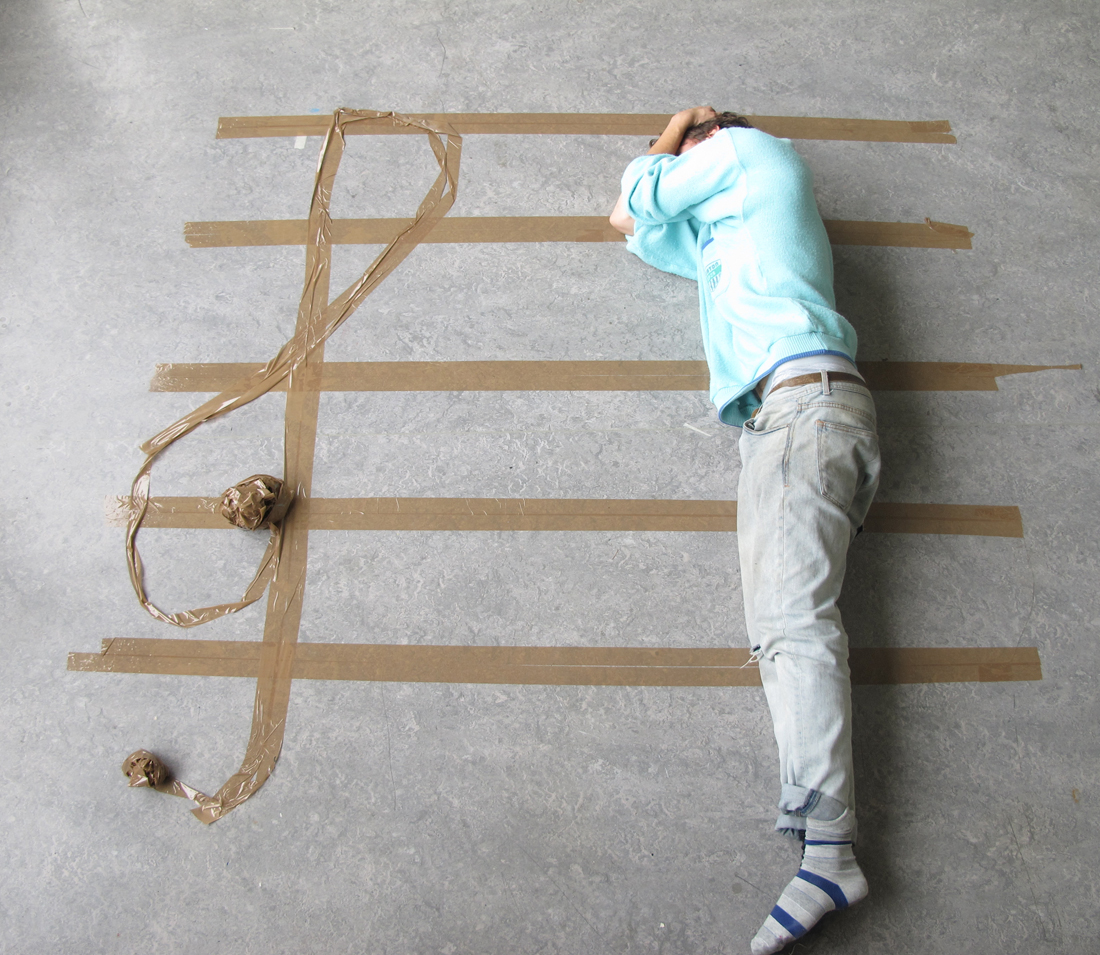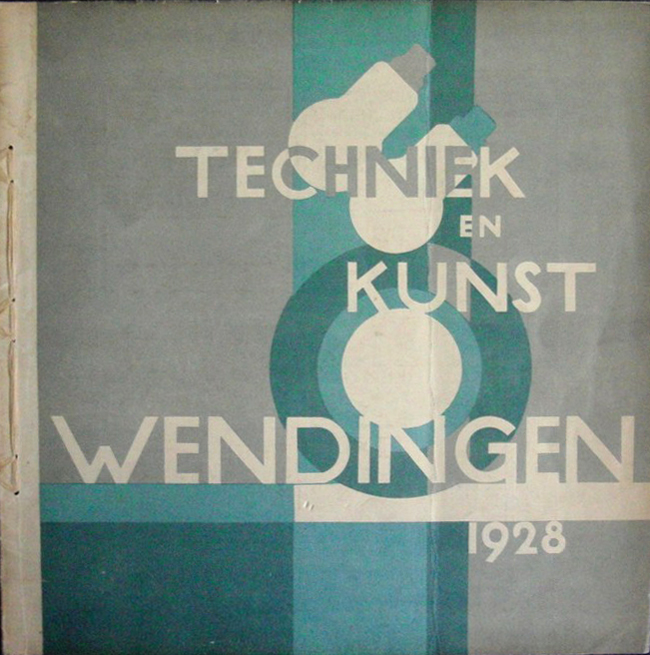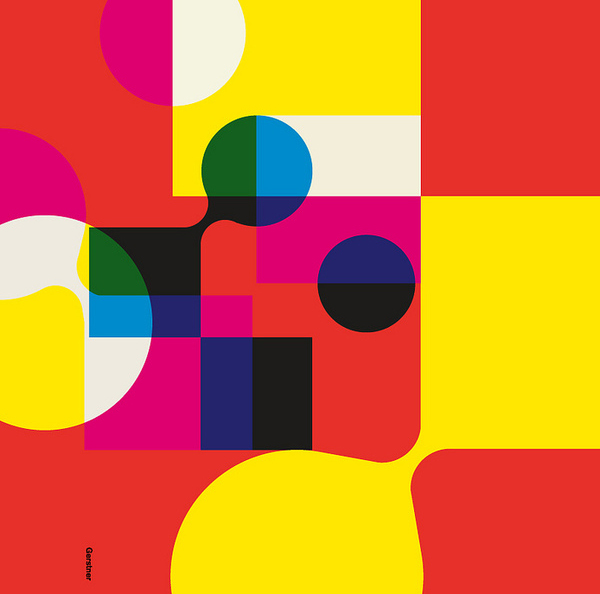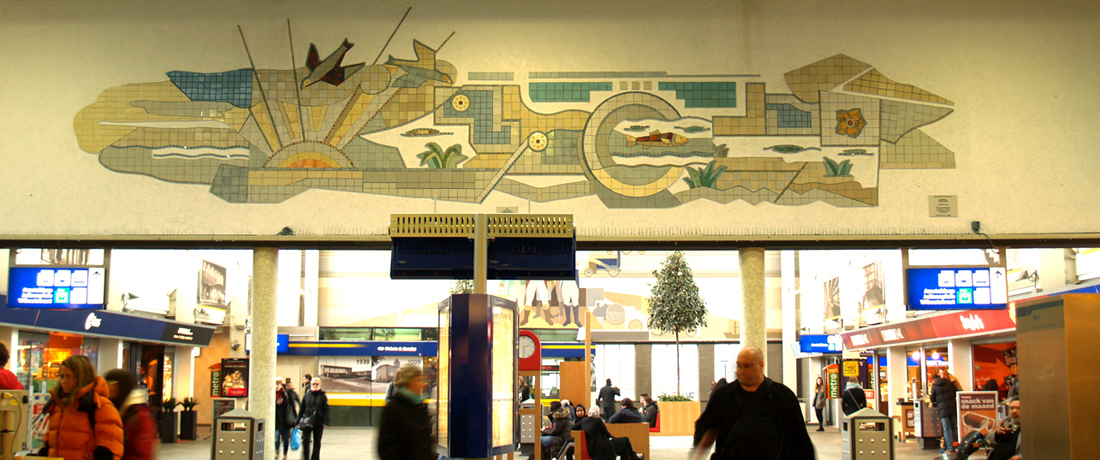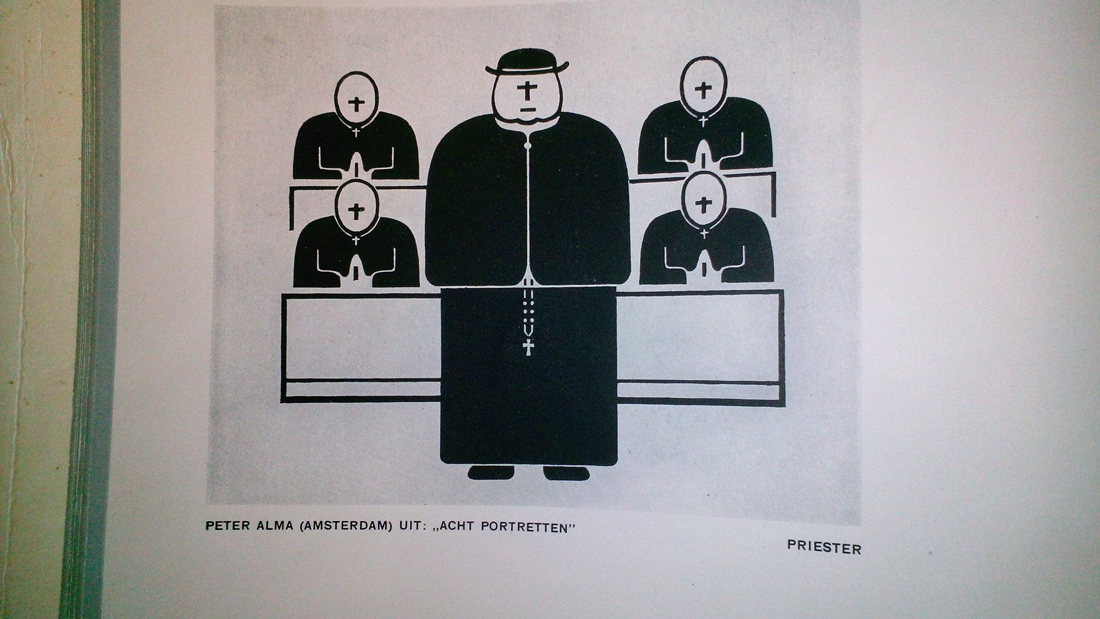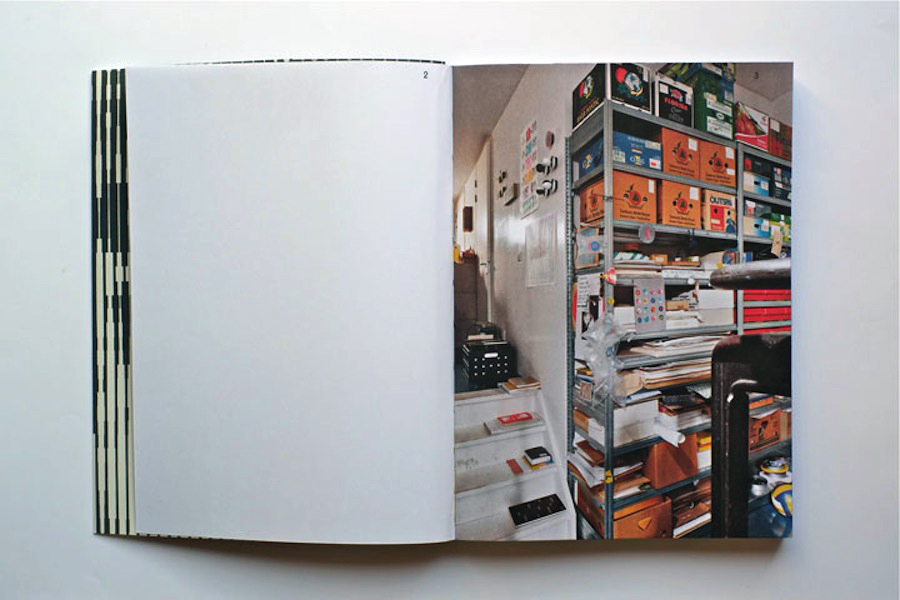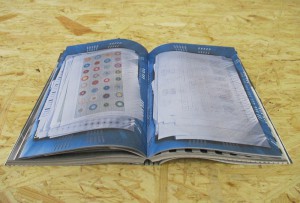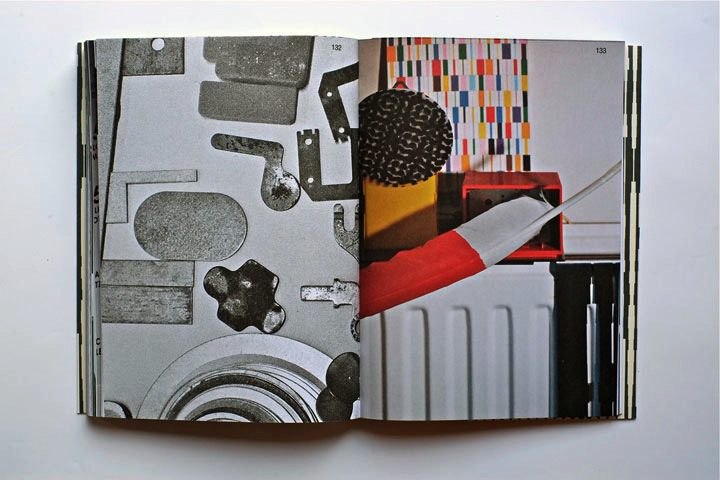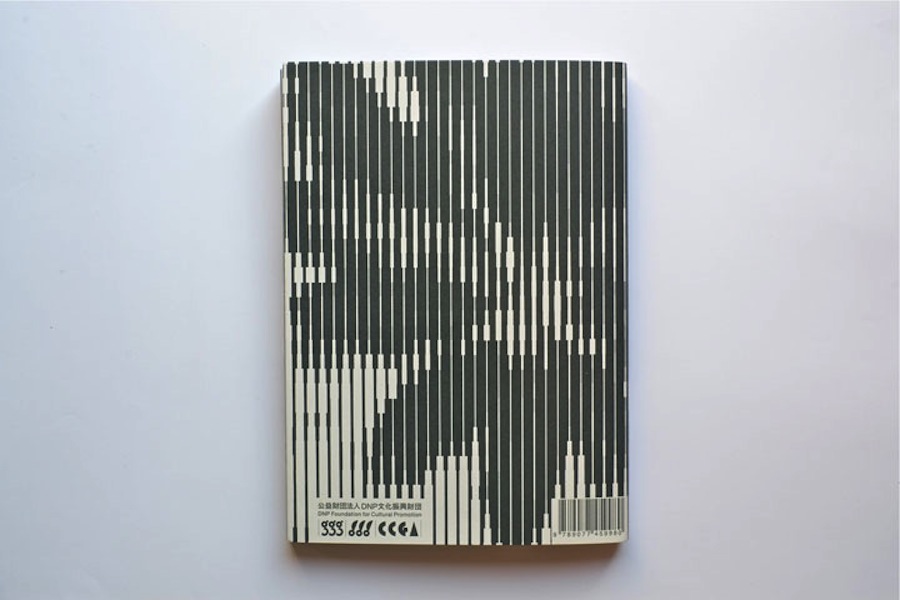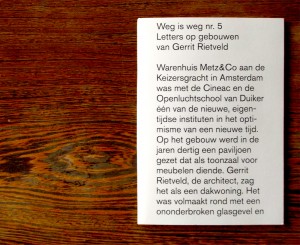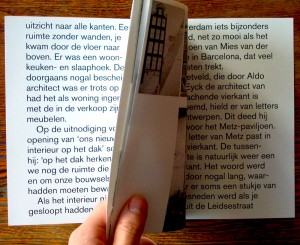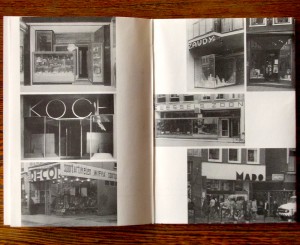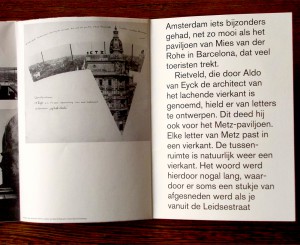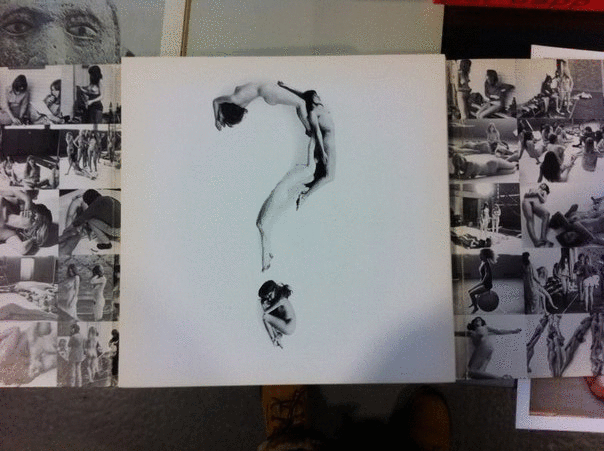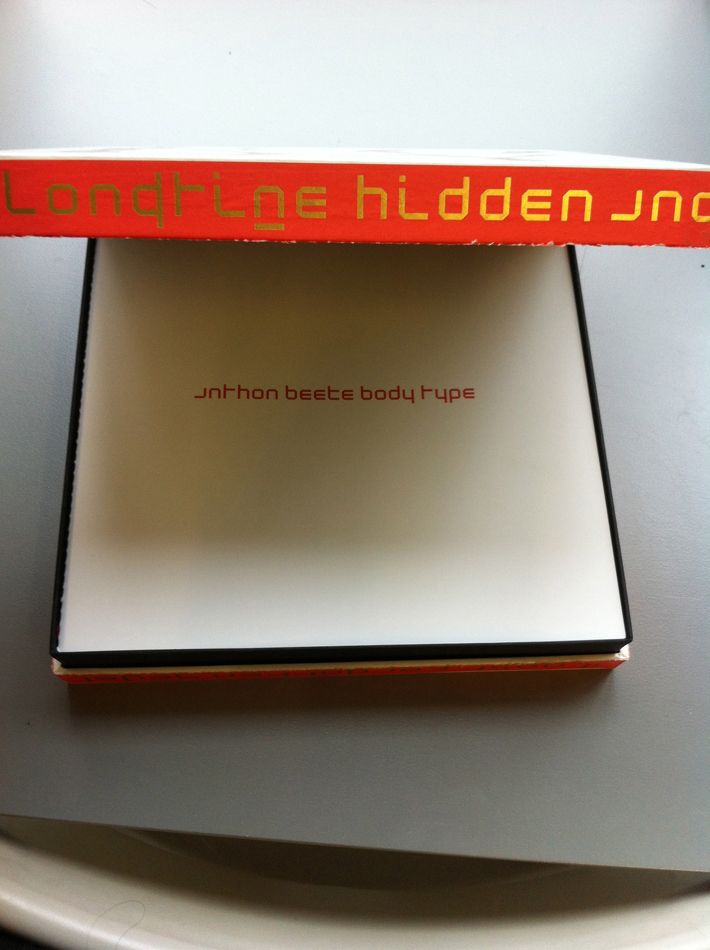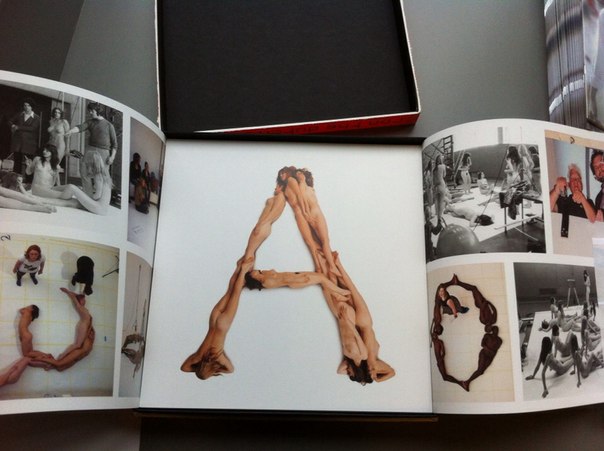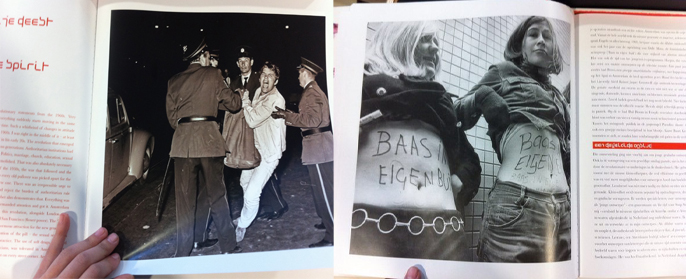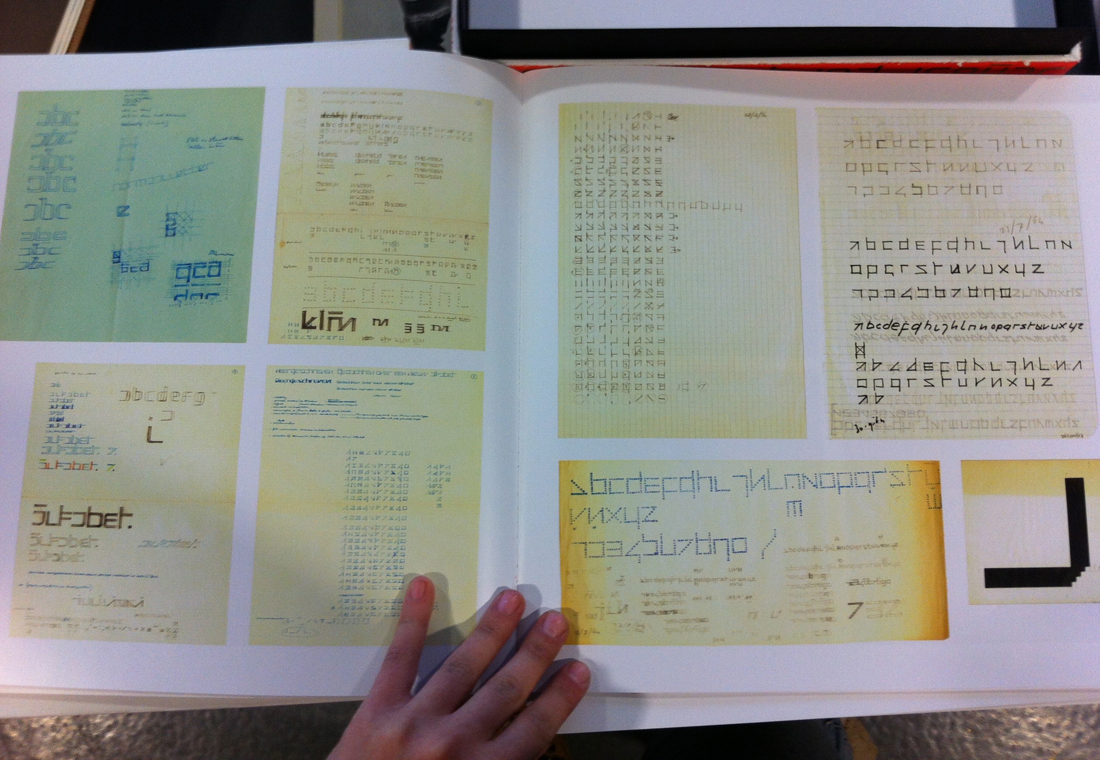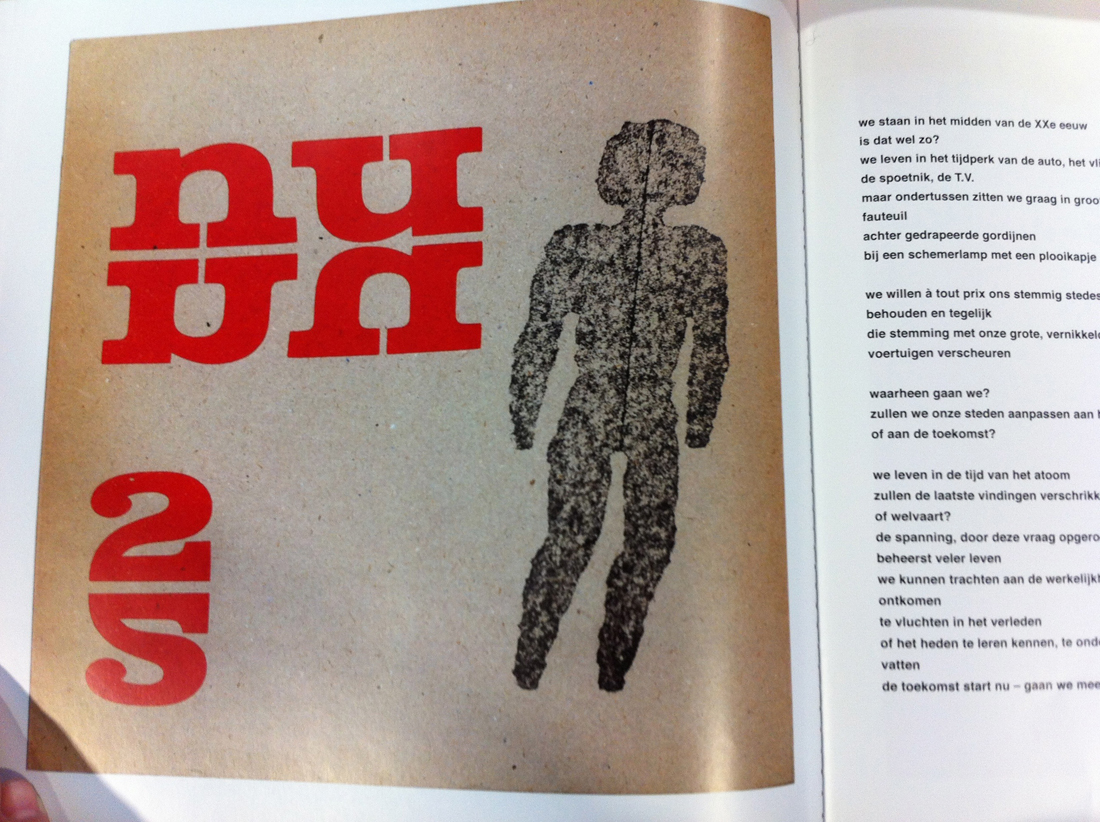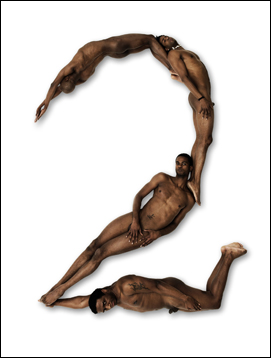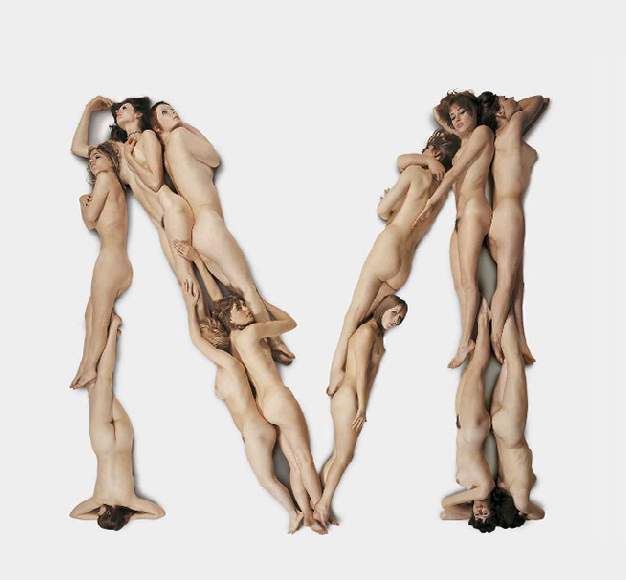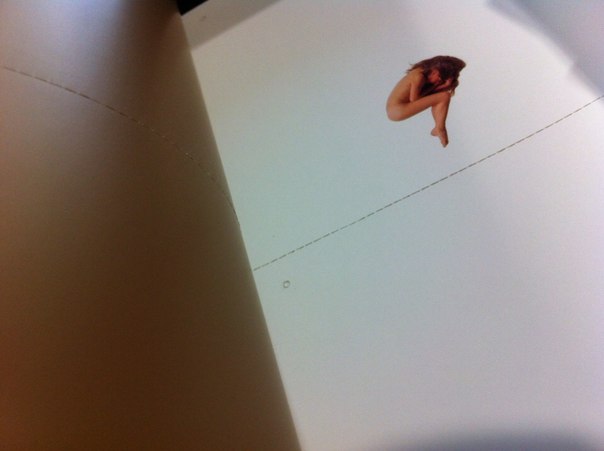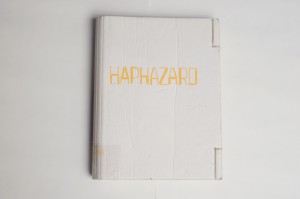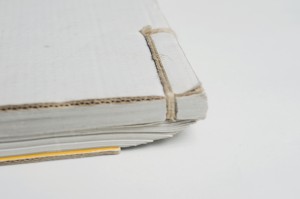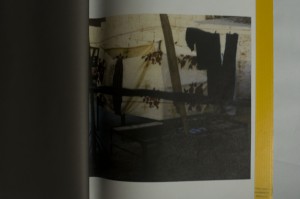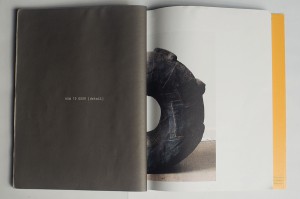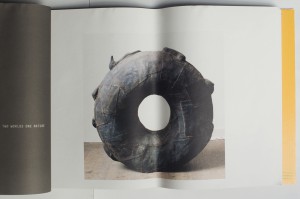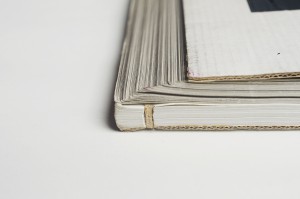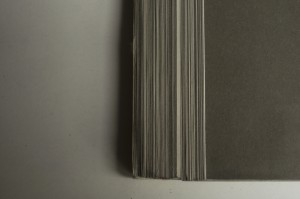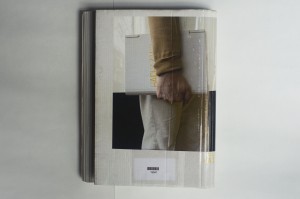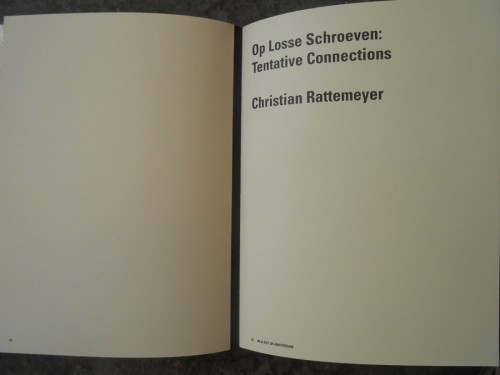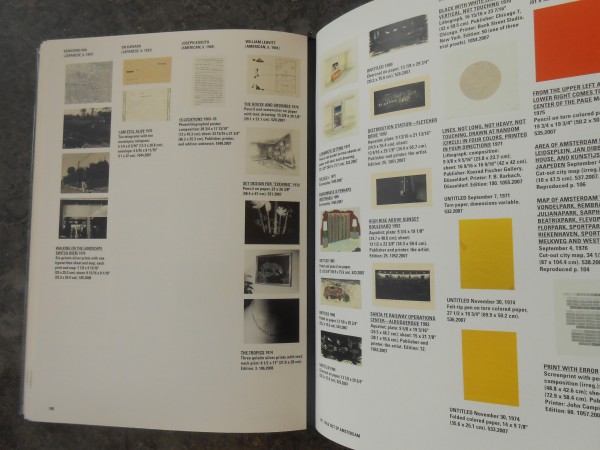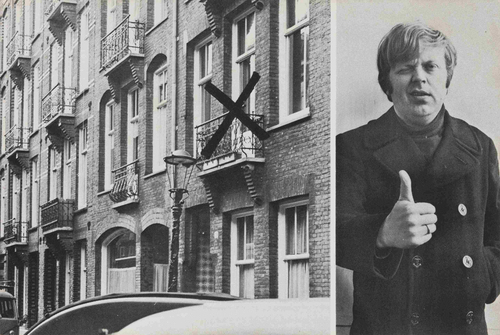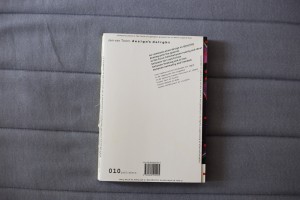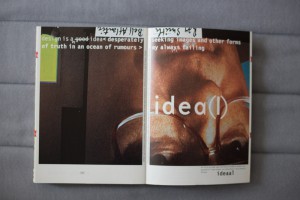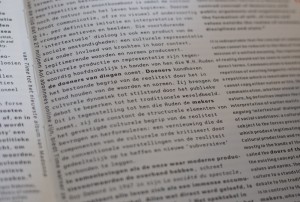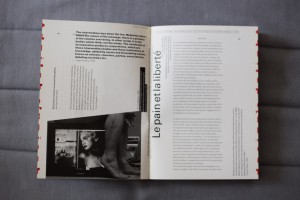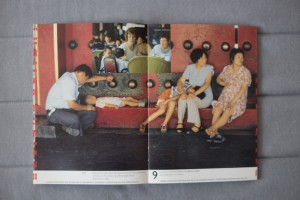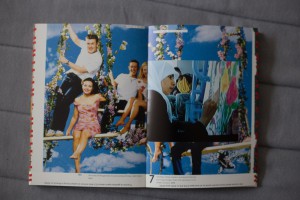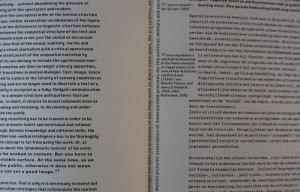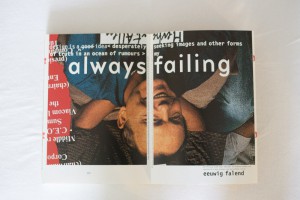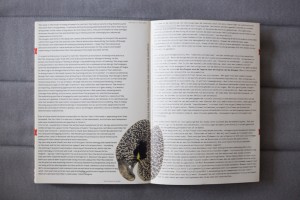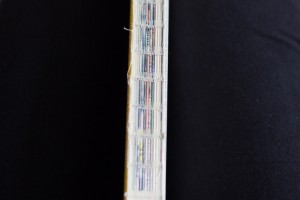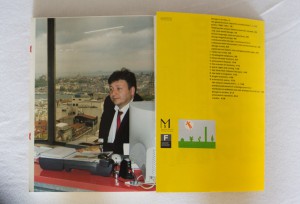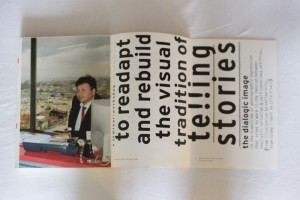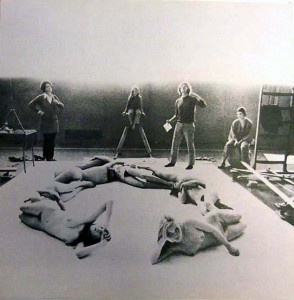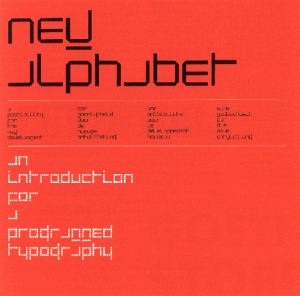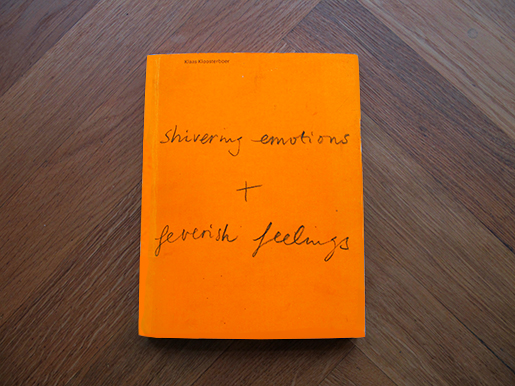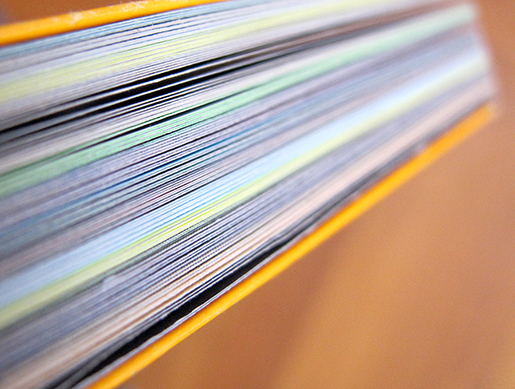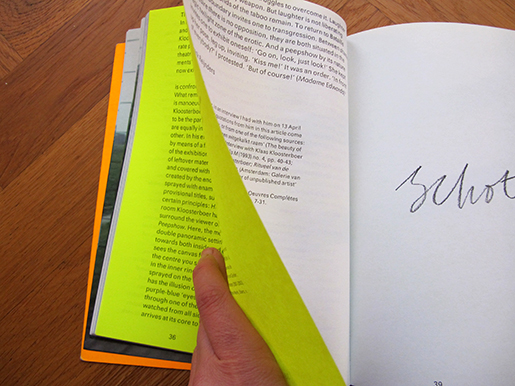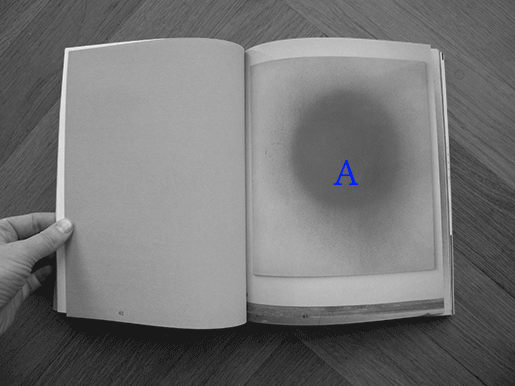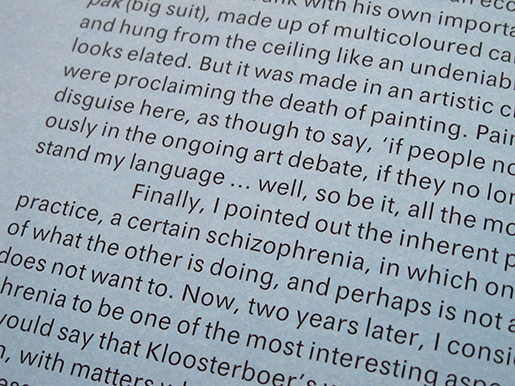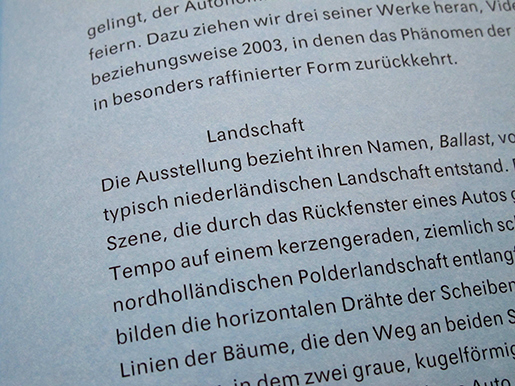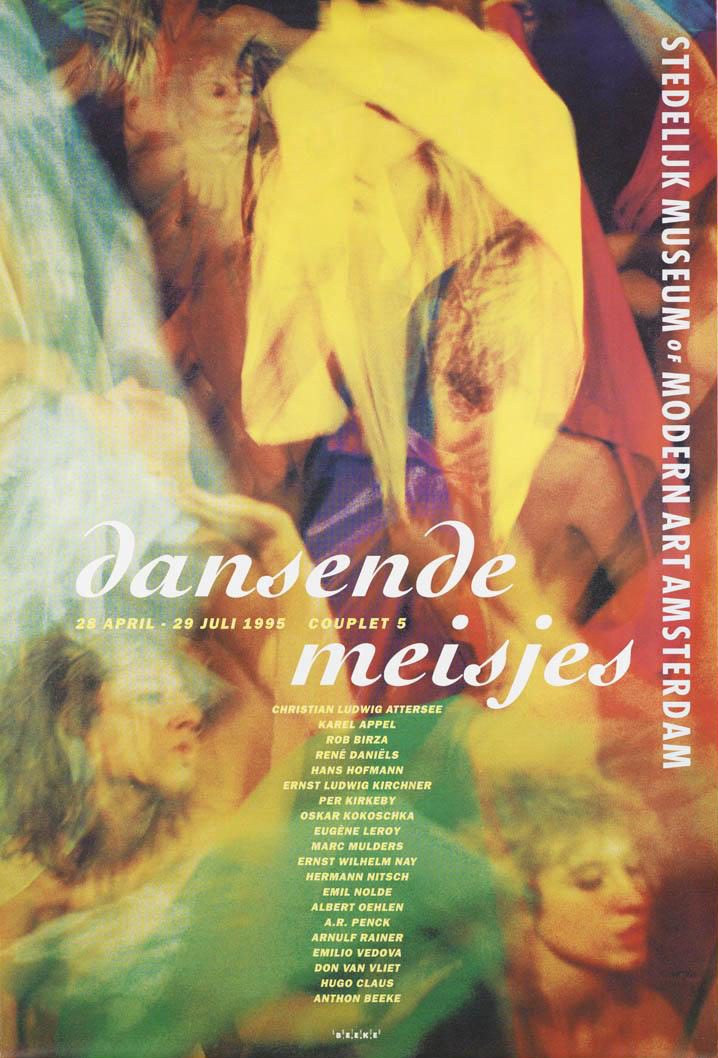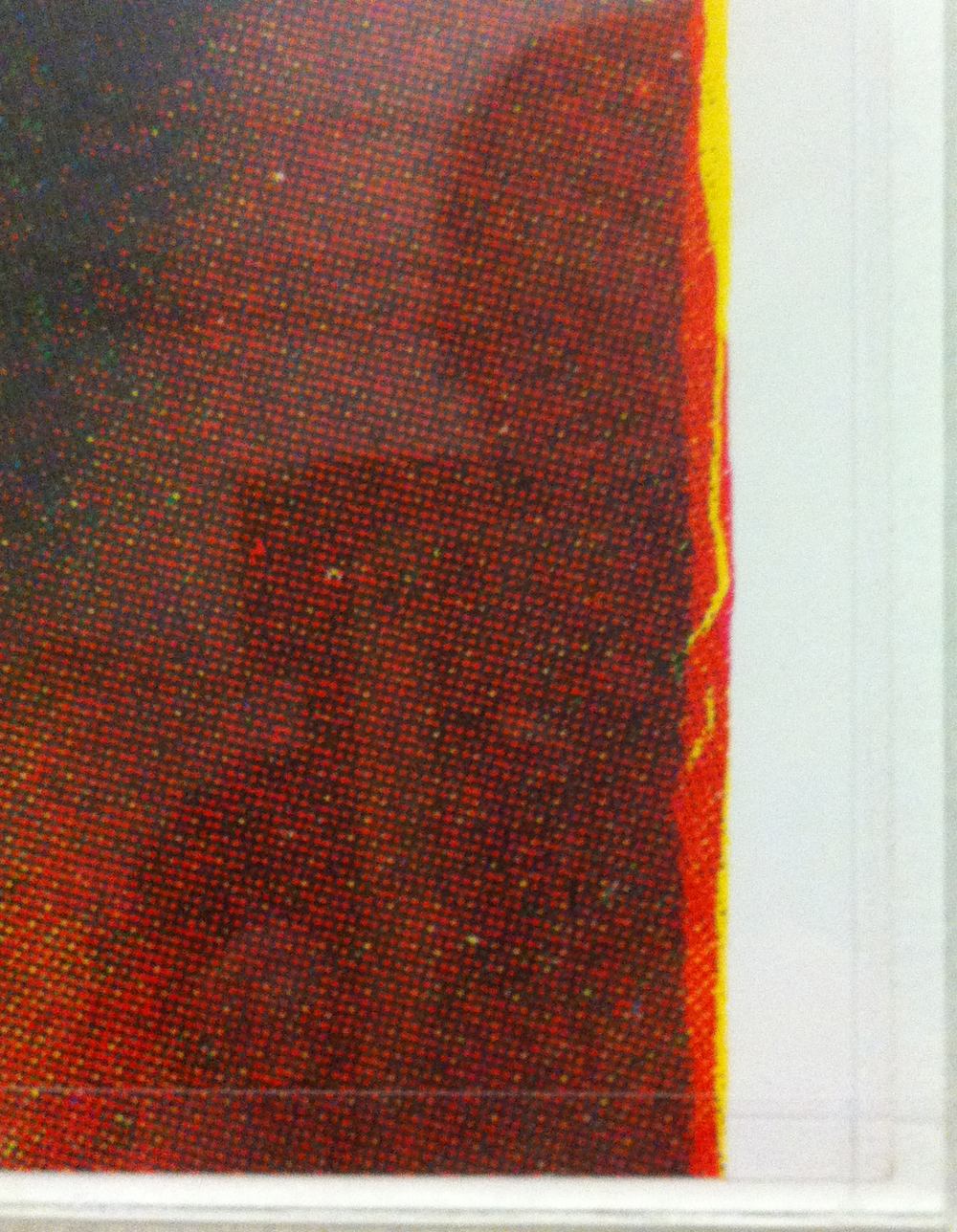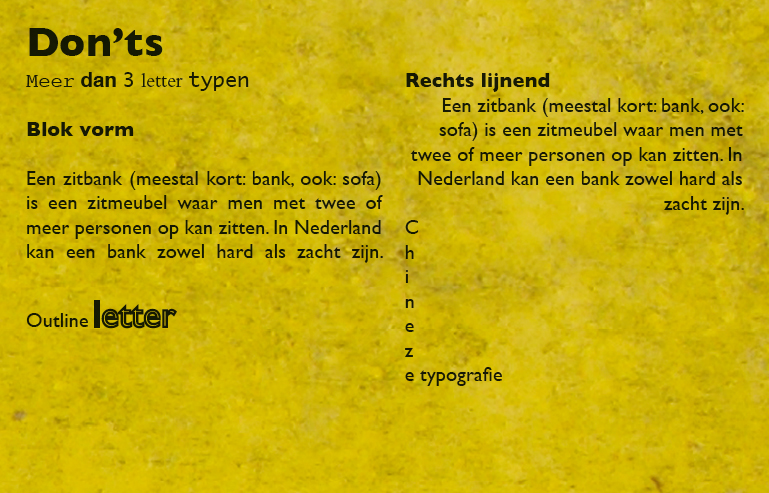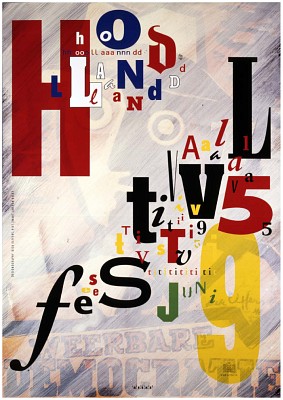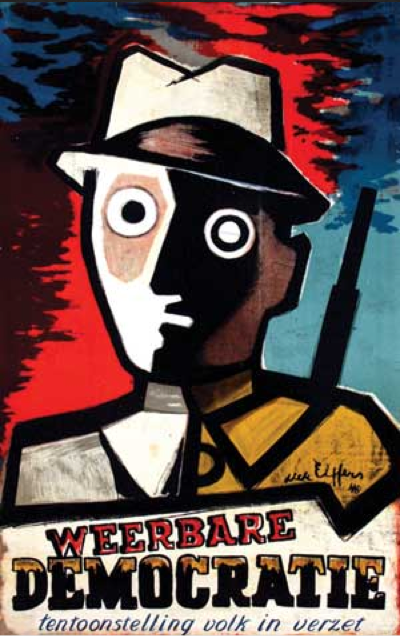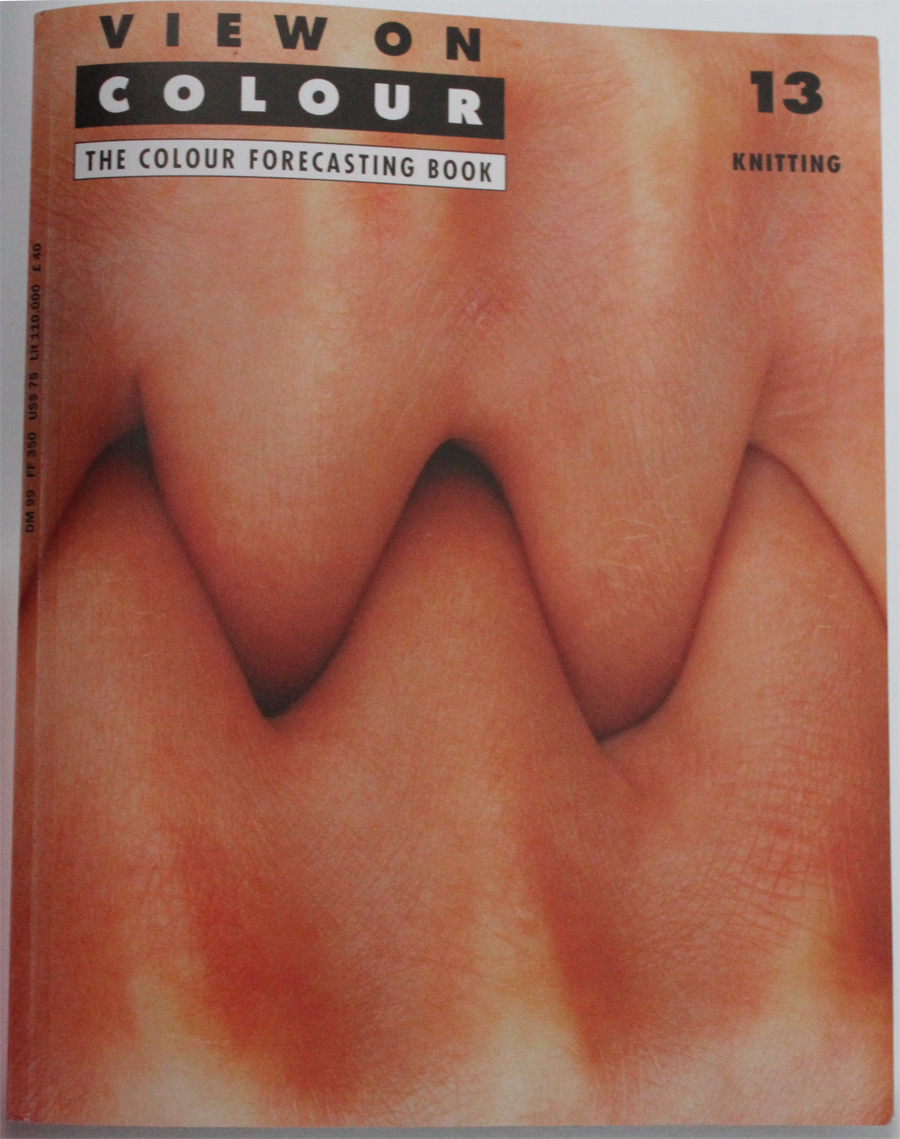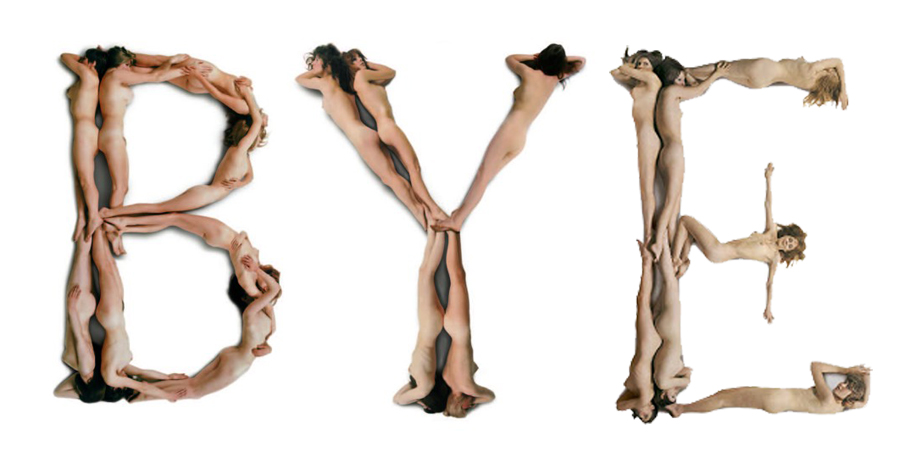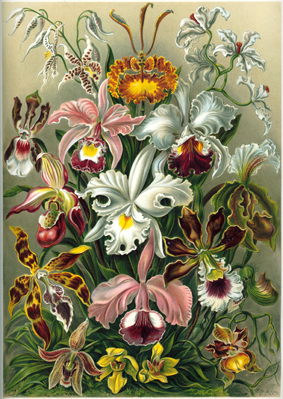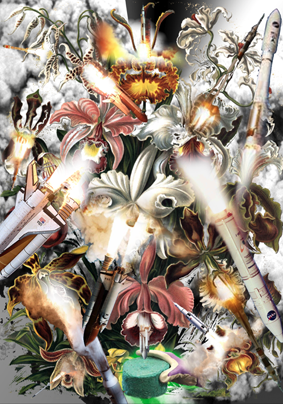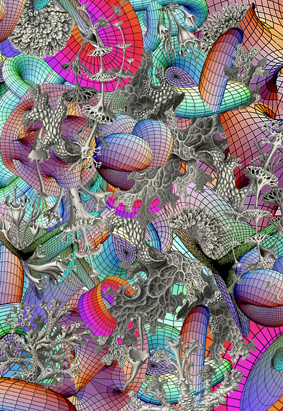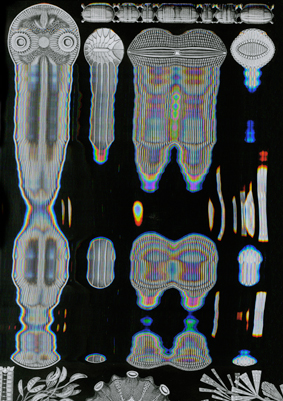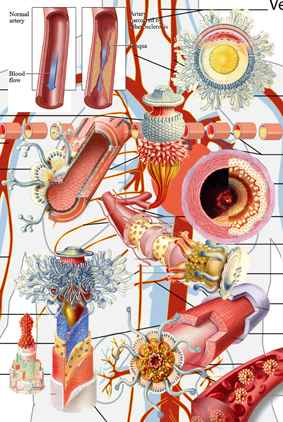In the following essay, an almost complete series of books will be discussed in comparison to each other, regarding the design, layout, and publishing choices that the respected artists/designers or publishers had to face. The books in question (both written and designed by) are: Talks About Money by John Barclay, I Heard They Ripped It Off by Robin Ekemark & Brita Lindvall, 37 Assignments by Indrek Sirkel, Can I Make Everybody Happy? by Dag Brandsæter & Noa Segal, and Our Daily Debates by Nina Støttrup Larsen.
The books in this series enquire into the different fields of graphic design, where the basic understanding of what graphic design actually is seems equivocal. They investigate this lack of definition in the different fields as a means to contribute to an otherwise arbitrary profession. The focus will be on Can I Make Everybody Happy?, which will be used as a base for comparison with the other books of the series.
All books share a similar front cover, namely a white background, with a black stripe of thick spray-paint horizontally across, that sometimes covers the title. If you place the whole series next to each other, you will see that the lines join up, and it looks like one fat line of spray-paint on a white, clean surface. The title is written in a specific font that is used throughout each book differently, including fonts such as Comic Sans for Talks About Money or Courier New for 37 Assignments also seen below. In I Heard They Ripped It Off, Robin Ekemark and Brita Lindvall created a new font for themselves in “an attempt to tell a story from the closest point of a source”.
Can I Make Everybody Happy? designers Dag Brandsæter and Noa Segal had decided to compose the book of emails that had been sent back and forth between colleagues that mostly disagree on plans concerning the graphic design of specific, unknown projects. Ironically however, is that the blurb on the back describes how confrontations by e-mail are prone to make people aggressive and defensive, and that matters are best discussed face to face. This ironic addition to the production of the work coincides with the theme of the series, namely to investigate the miscommunication in the graphic design world.
In comparison to Can I Make Everybody Happy?, the layout in Talks about Money is a similar type of communication. Dialogue is displayed in speech-bubble format, discussing how much graphic designers can sell their work for. There are, like every other book in the series, chapters, which in this case are divided into a logical structure of explanation. Unlike Can I Make Everybody Happy?, the content is a constructive discussion, where graphic designers ask themselves how much they are worth, further accentuation the lack of definition within graphic design. Below is a picture to get an idea.
In I Heard They Ripped It Off, the chapters are a lot less distinguishable. There are no chapters, as this is a retelling of a story about a specific project, the “Experimental Jetset”. There are divisions sometimes, to make the reader pause for effect, with a blank page. I heard They Ripped It Off seems like a personal encounter with the graphic design choices that have to take place during a project. The retelling of the story in the book feels more personal with this custom scribbled font. 37 Assignments focuses on the variety in 37/100 chosen graphic design assignments over the course of 2002 – 2007 at the Gerrit Rietveld Academy, to investigate potential patterns with the projects. To preserve the voice of the teachers, the texts are edited as little as possible: only specific dates are removed to make the assignments timeless and universal. All Assignments are presented anonymously, in an attempt to stress the entire approach of the department not simply the individual assignments. In a way, this book differs from all of the previously discussed, and dives into an almost scientific way of investigating graphic design.
Our Daily Debates is another new approach to investigating the indefinable nature of graphic design. The book is structured like a script, between Nina, Sirkel, and some other colleagues. They joined together to debate about graphic design, their future profession. In a way, this book is similar to I Hear They Ripped It Off, as the wall between reader and writer is once again broken down by the layout choices of the book.
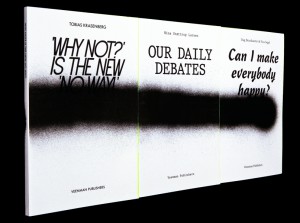
Subsequently, the series contains a variety of books that each contains their own specific design and content layout, sometimes seeming totally unrelated. However, the indefinable nature of graphic design is thoroughly reflected and investigated upon in these books, due to their contrast in content, difference in font choice, or disparity of the choices made to display the content. Therefore, the series works successfully together as a whole to provide a tangible examination of an indefinable, arbitrary, profession.
Can I make everybody happy?: Rietveld library catalog no : 750.1 bra1
I Heard They Ripped It Off: Rietveld library catalog no : 750.1 eke1
Our Daily Debates: Rietveld library catalog no : 750.1 stö 1
37 Assignments: Rietveld library catalog no : 750.1 sir 1
Talks about Money: Rietveld library catalog no : 750.1 bar 1
